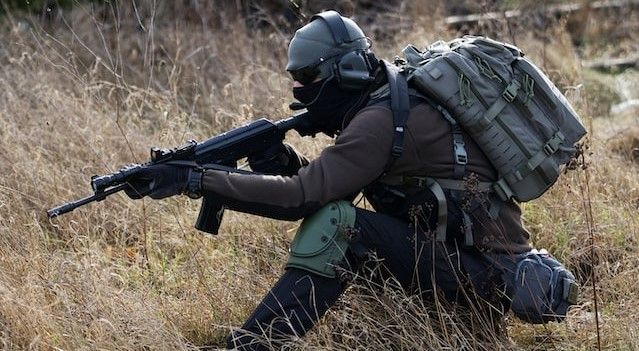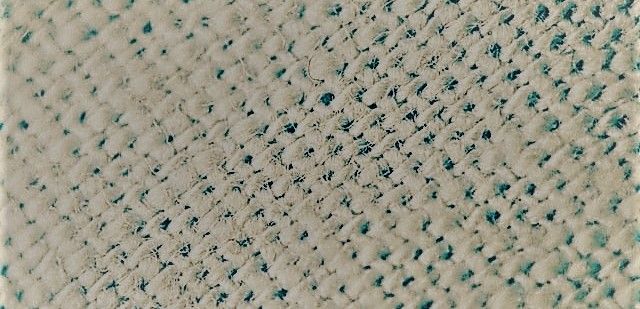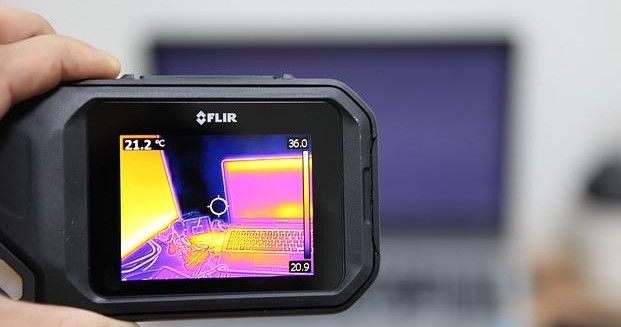Mankind’s understanding of raw materials is taking the development of body armour to the next level. Offering lightweight, flexible protective barriers which could one day provide better body armour with built in technology.
Great progress has already been made in improving body armour’s effectiveness – largely through the application of Kevlar. However, this still leaves a heavy and bulky product.
To combat this, the latest body armour is being built using nanotechnology to create a composite of traditional raw materials and combine them with carbon nanomaterials to reduce weight and increase flexibility, while maintaining protection.
Nanomaterials are kilo for kilo the strongest substances known to humankind. Their small size makes them ideal for mixing in with other feedstocks or materials, allowing them to impart their superb properties of strength, abrasion resistance, and chemical stability.

Additionally, carbon nanomaterials are excellent electrical conductors, and are at the heart of research into wearable electronics. This makes them an ideal for use in next-generation body armour and combat fatigues.
At America’s Army Research Laboratory, nanomaterial scientists are examining fibres with atomic force microscopy to find out how they perform under high-speed impact.
“The fibers we’re talking about are about 15-30 micrometers in diameter, or half the size of a human hair,” said Dr Kenneth Strawhecker, a materials researcher at the laboratory. “The fibers can be layers of woven fabric or cross-plies of unidirectional sheets.”
Working with industrial fibre manufacturers and body armour designers is a key part of this research. Probing and analysing individual strands of material to find out its rigidity, compression strength, stretchability, and most significantly, seeing how well it can stop a projectile.
“High-performance fibers have a stringy structure like string cheese, where the strings are called fibrils,” says Strawhecker. “We have learned how to use a gallium-ion beam [a device that resembles a scanning electron microscope] to mill notches in the fiber so that we can carefully peel it open and … observe the fibrils inside.”
All of this work is being conducted with the ultimate goal of making body armour lighter and less bulky.

“The future Soldier requires a reduction in burden and an ever-changing need for protection,” Strawhecker said. “In the long-term, to satisfy these needs, Army researchers must continually enhance current armor structures as well as develop new armor materials. The fact that fiber manufacturers are working with the Army to make these changes now is very encouraging.”
These avenues of analysis are leading to far greater sophistication in body armour design. For example, ceramic plates are used far more frequently as a replacement or supplement to Kevlar with newer versions using boron carbide.
“There's a continual development of raw materials which can then be integrated back into body armour that increases performance while decreasing weight,” explains Colin Metzer, the director of blast and ballistics at Colorado-based firm Skydex.
Not only is material research finding exactly what is required from ballistic-proof materials, but they are also looking at ways to improve battle dress and security uniforms. Others are looking to integrate other technologies so as to save battlefield weight elsewhere.

Does a soldier need to carry a radio if a communications device is already part of his body armour?
As Professor Alan Dalton of the University of Sussex notes, this could be achieved by, “putting communications devices such as antennas directly into textiles or into the infrastructure of a uniform.”
Thermal controls could also be built into the fabric to provide cooling or warming elements which are automatically adjusted according to the weather. Alternatively, a wearer could manually adjust settings to avoid detection by thermal imaging cameras.

“I could potentially change the apparent temperature down to something close to the background temperature,” says Dalton. “If anyone was using a thermal camera, I'd just blend into the background.”
All of which could improve combat effectiveness and save lives at the frontline.
“If it can build-in an antenna, a power source, or perhaps all the pockets and stuff that I need,” says retired Brigadier Rory Copinger-Symes. “That would make the rest of my operating life easier.”
Body armour designers have a key role to play in keeping soldiers and law enforcement officers safe. Nanomaterials are a vital ingredient to making their goal a success.
Photo credit: Kim Sergeev on Unsplash, withplex on pixabay, Jimi Malmberg, & Specna Arms
